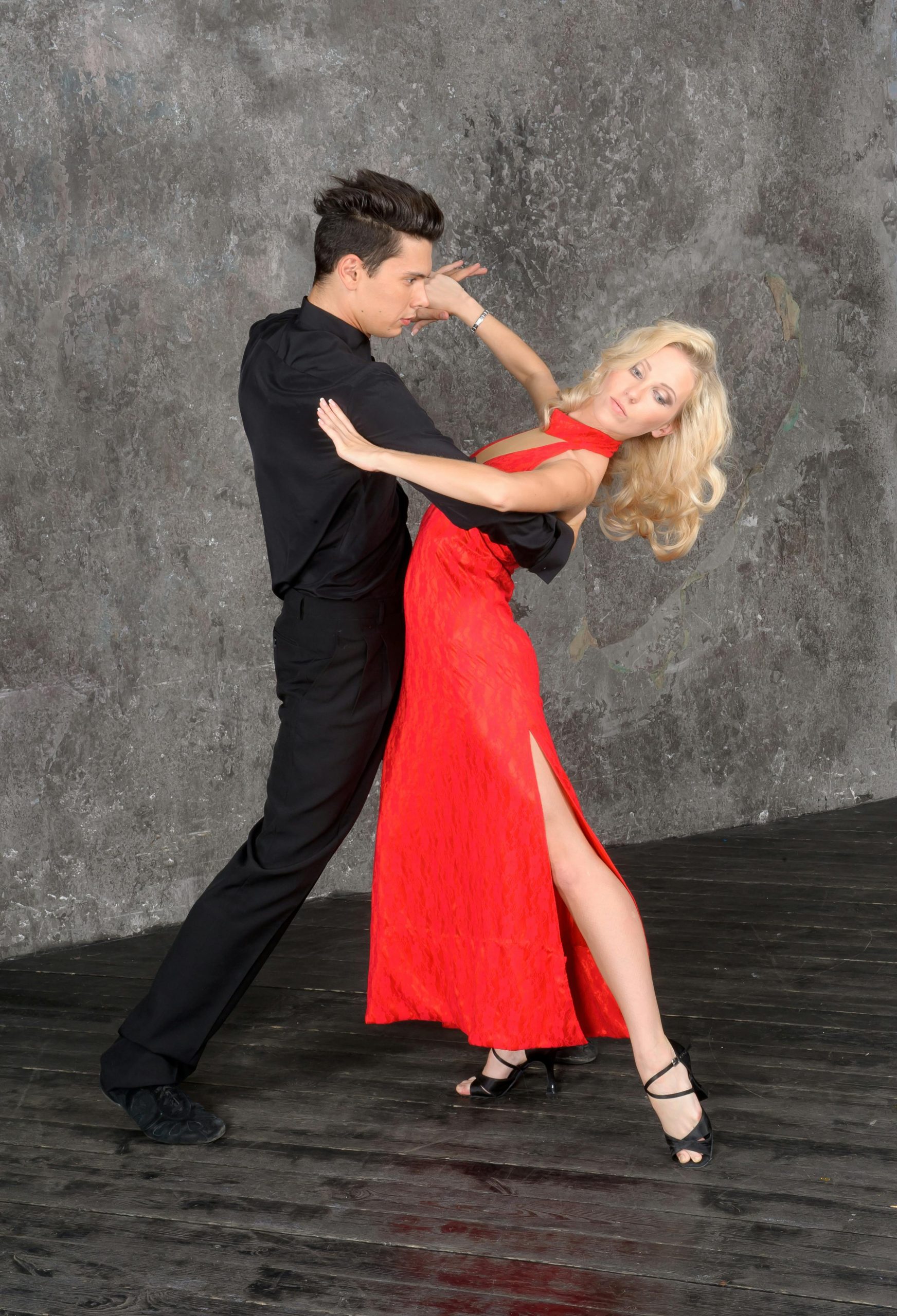Introduction:
Luxury fashion stands at the pinnacle of the industry, a realm where exquisite craftsmanship, timeless designs, and an air of exclusivity converge. It’s not just about clothing and accessories; it’s an experience, a statement, and a testament to the enduring power of quality and creativity. This article explores the multifaceted world of luxury fashion, examining its defining characteristics, the forces that shape its trends, and its impact on broader fashion culture.
Defining Luxury Fashion:
Luxury fashion is characterized by several key elements that distinguish it from mainstream retail:

- Exceptional Craftsmanship: At the heart of luxury fashion lies unparalleled craftsmanship. Every stitch, fold, and cut is executed with precision, often by hand, reflecting skills honed over generations.
- Exclusive Materials: High-end brands utilize materials of the highest quality, from rare leathers and exotic skins to bespoke fabrics developed through innovative techniques.
- Limited Availability: Exclusivity is a hallmark of luxury fashion. Limited editions, made-to-order pieces, and bespoke services ensure that clients receive truly unique items.
- Heritage and Brand Legacy: Many luxury brands boast rich histories, with narratives steeped in tradition, innovation, and iconic figures who have shaped their paths.
The Lure of Luxury:
What draws consumers to luxury fashion? The appeal is both emotional and practical:
- Status Symbol: Luxury items serve as symbols of status and success, offering a tangible connection to a world of glamour, prestige, and distinction.
- Investment Value: Beyond the immediate aesthetic appeal, luxury fashion pieces are often viewed as investments. Their quality and timelessness mean they can be worn for years, even decades, or resold at a high value.
- Personal Experience: Purchasing luxury fashion is often an experience in itself, characterized by personalized service, attention to detail, and the pleasure of owning something truly special.
Trends and Innovations:
The luxury fashion landscape is continually evolving, shaped by broader social, economic, and technological trends:

- Sustainability and Ethics: There’s a growing emphasis on sustainability within luxury fashion. Brands are increasingly adopting ethical practices, from sourcing eco-friendly materials to ensuring fair labor conditions.
- Digital Transformation: The rise of digital technology has transformed luxury fashion, from the way collections are designed and showcased (virtual fashion shows, for instance) to how they’re marketed and sold.
- Inclusivity: The industry is slowly but surely embracing inclusivity, recognizing the importance of representing diverse bodies, cultures, and identities within the luxury sphere.
The Impact of Luxury Fashion:
Luxury fashion exerts a significant influence on the broader industry and popular culture:
- Setting Standards: High-end brands often set the standards for quality, design, and innovation, influencing trends at every level of the fashion industry.
- Cultural Influence: Luxury fashion frequently intersects with art, music, and cinema, contributing to the cultural zeitgeist and inspiring creative collaborations.
Conclusion:
Luxury fashion represents the zenith of what the fashion industry can offer in terms of craftsmanship, exclusivity, and creative expression. It’s a world where the past and future collide, traditions are preserved while innovation is fervently pursued. As luxury brands navigate the challenges of sustainability, inclusivity, and digital integration, they continue to redefine the boundaries of style, luxury, and art.
The allure of luxury fashion lies not just in the physical items themselves but in what they signify: a dedication to beauty, quality, and a deep appreciation for the artistry of fashion.

